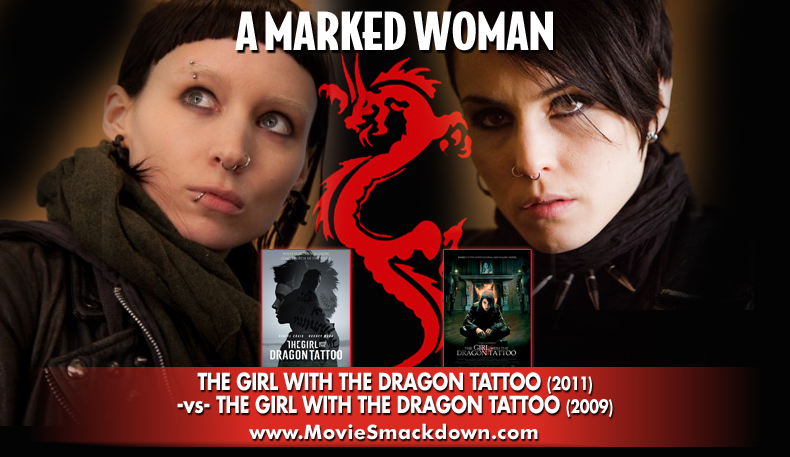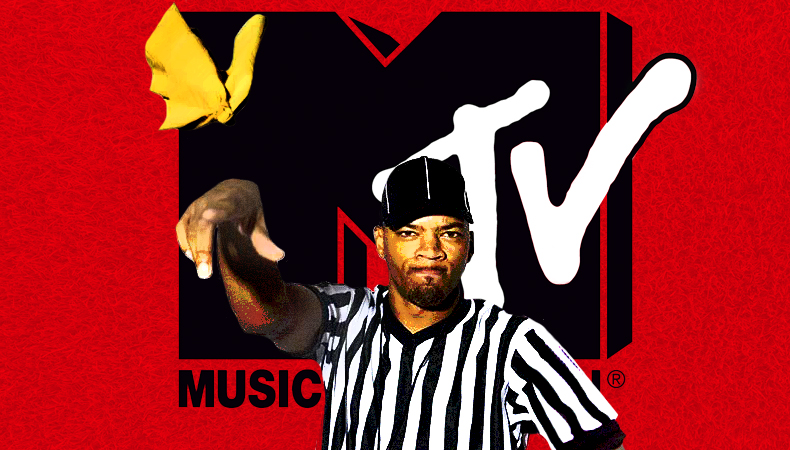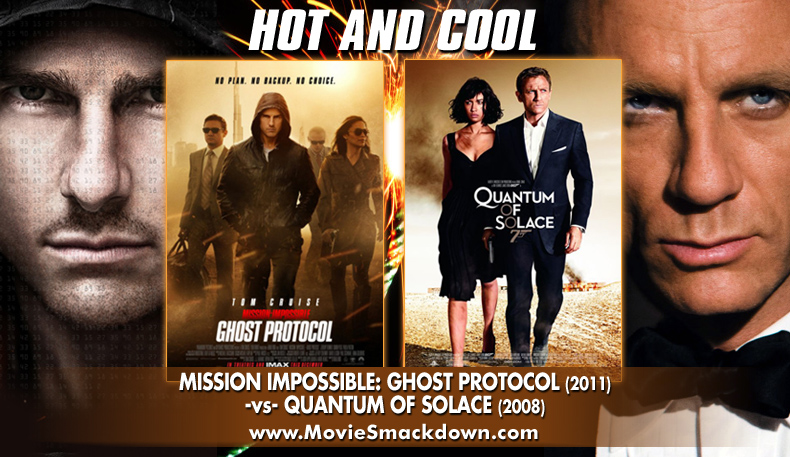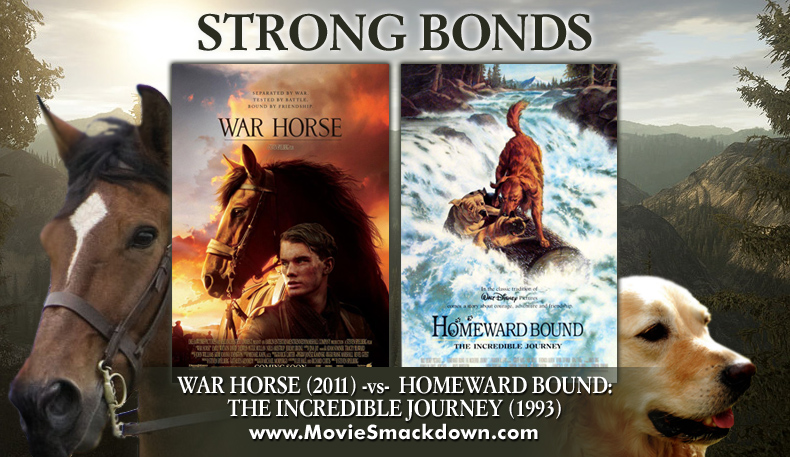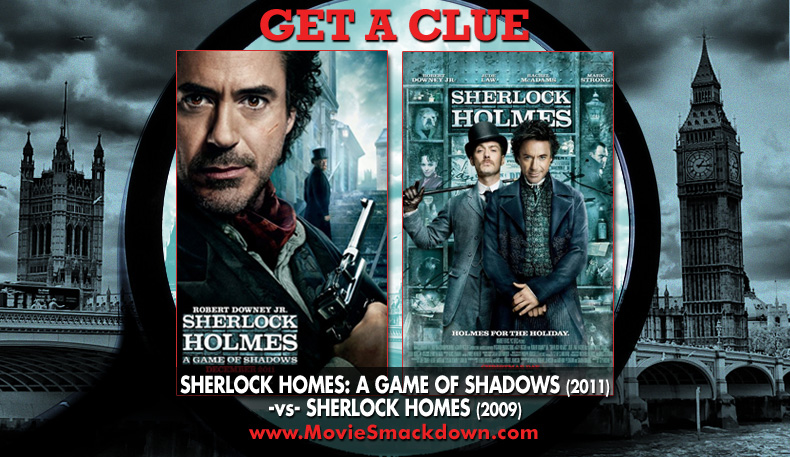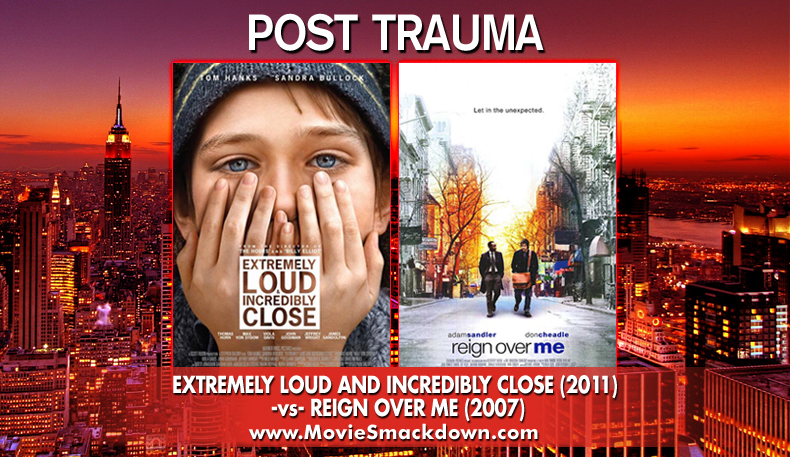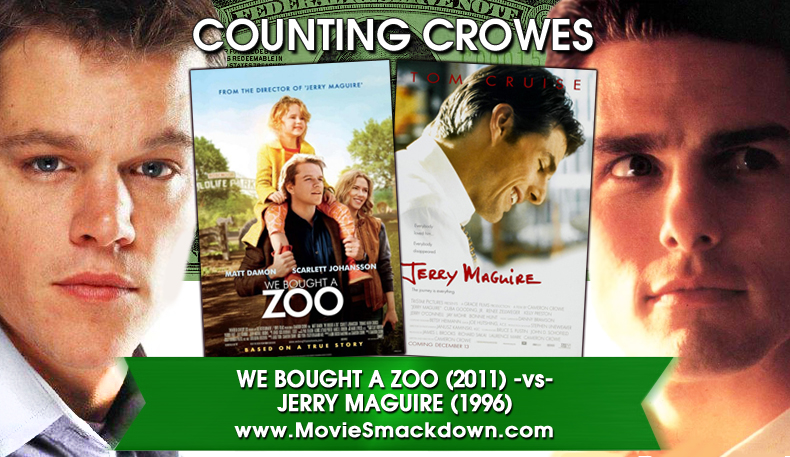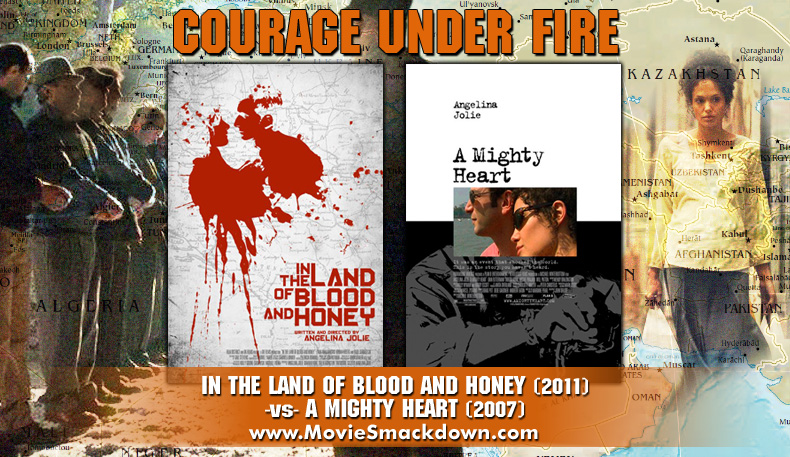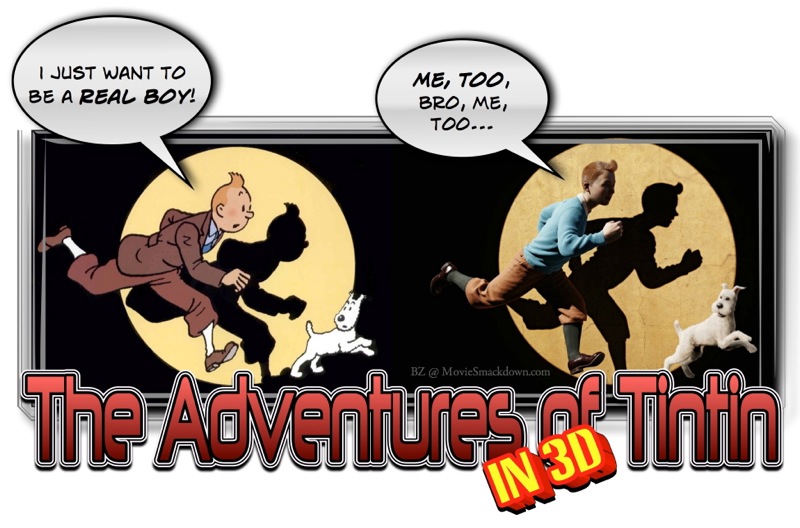Tintin felt like a real missed opportunity.
When you create a world inside a computer, isn’t one of the advantages that you can do things that you can’t do with brick-and-mortar sets and flesh-and-blood actors? Tintin only really comes alive during a couple of gigantic set pieces—a chase through an Arab village, a duel with cargo cranes—that would have been prohibitively expensive to do pre-CGI. The rest of the time, it’s like we’re watching actors wearing too much foundation.
The plot itself is creaky, starting with a ridiculous coincidence, and lurching forward from there. But the real disappointment is that despite the intricate motion-capture used to create them on screen, the characters are all lifeless. What makes Indiana Jones so wonderful is the emotion that Harrison Ford illuminates him with—his delight, when he feels it (his reunion with Marion in Crystal Skull) is glowing and childlike, but most of the time he seems to face the world with something like resigned annoyance (“Snakes. Why’d it have to be snakes?â€). It’s that personality that locks us into the character and the movie. […]


